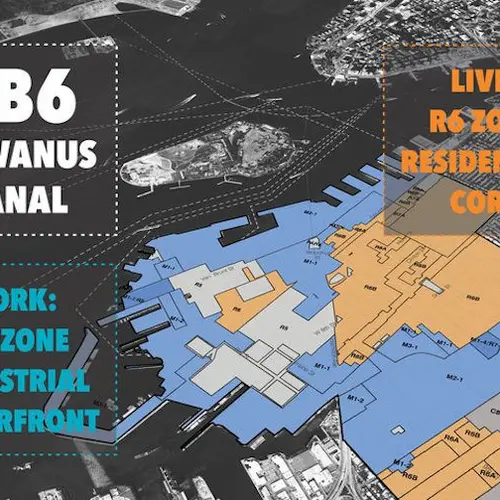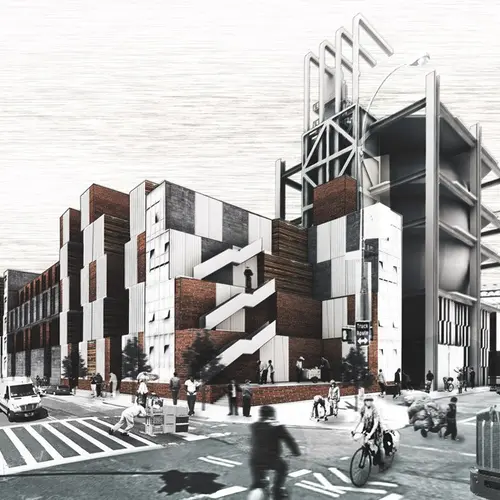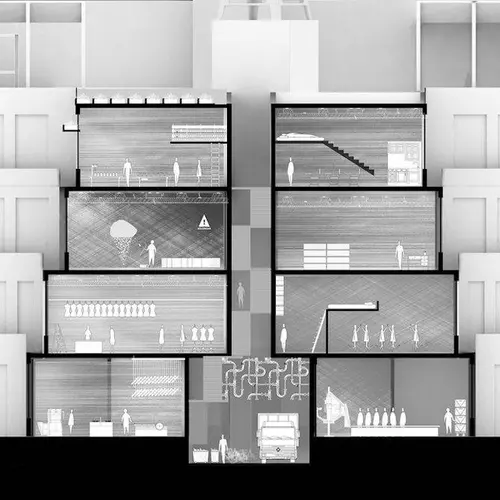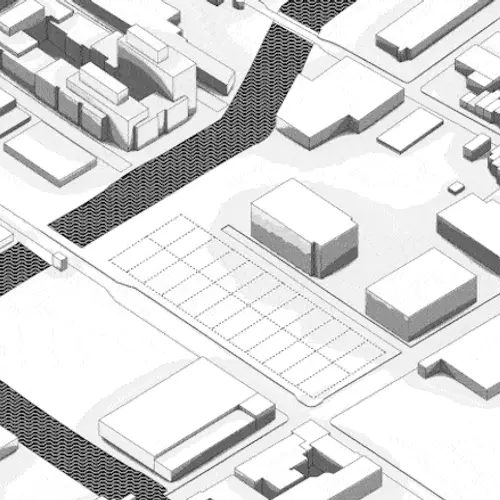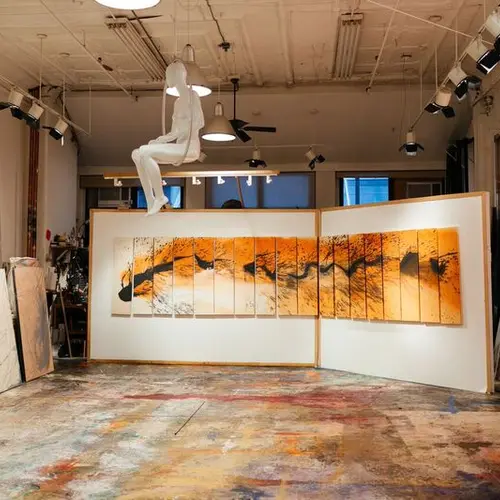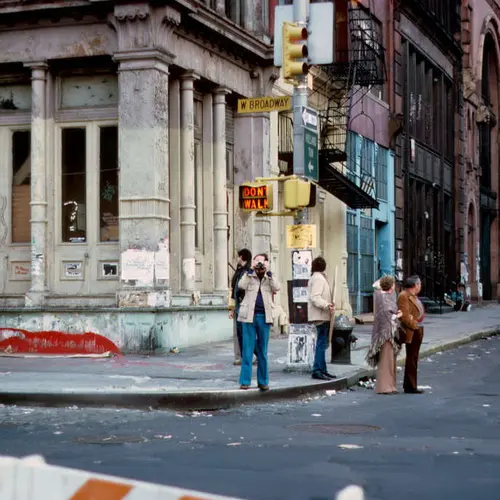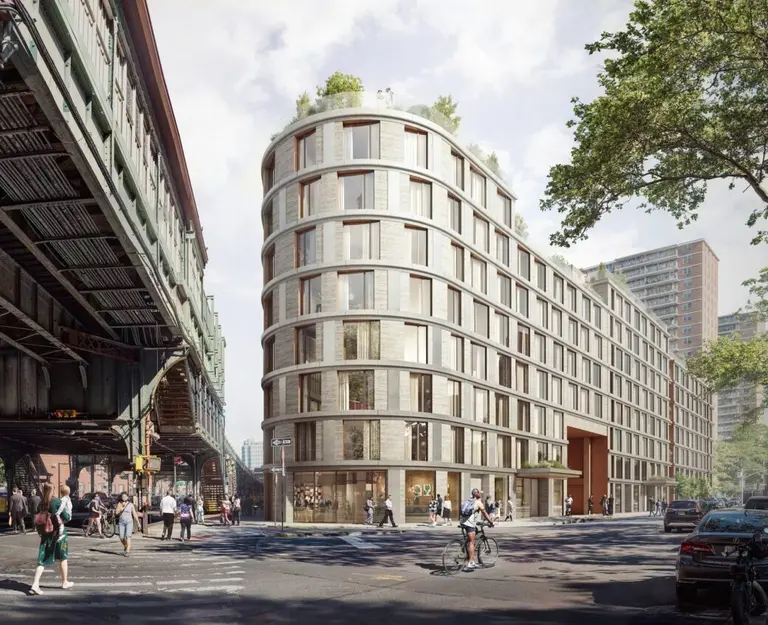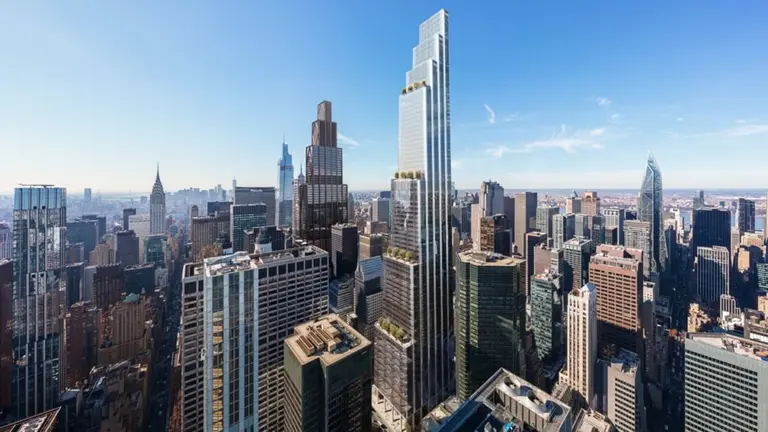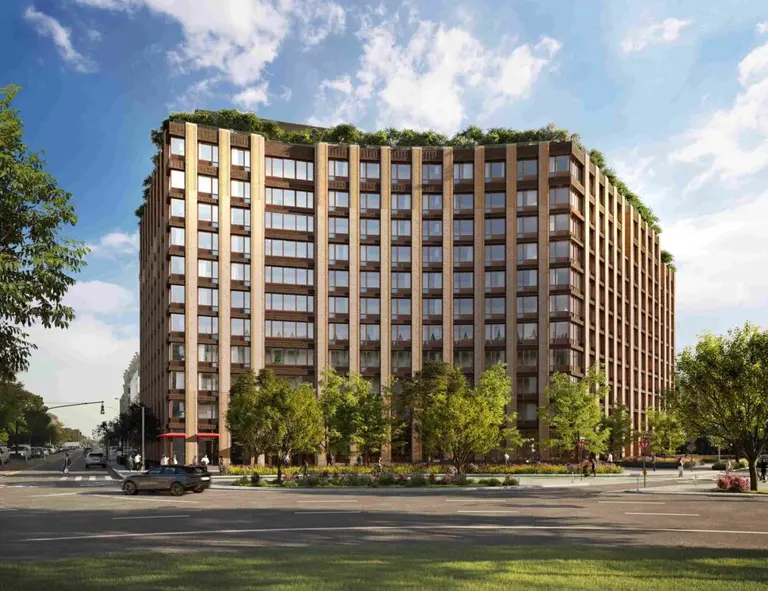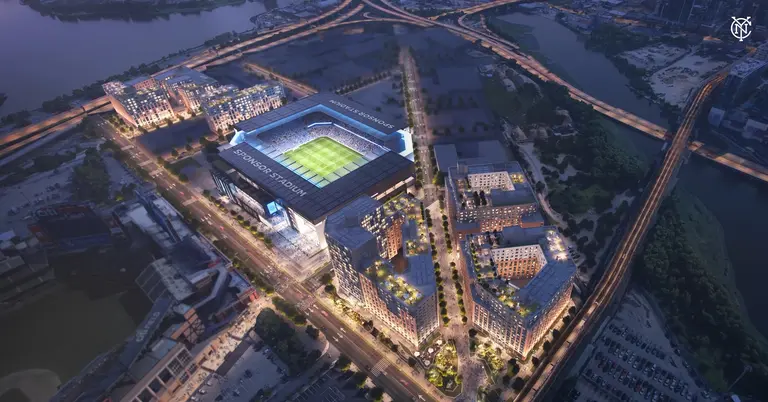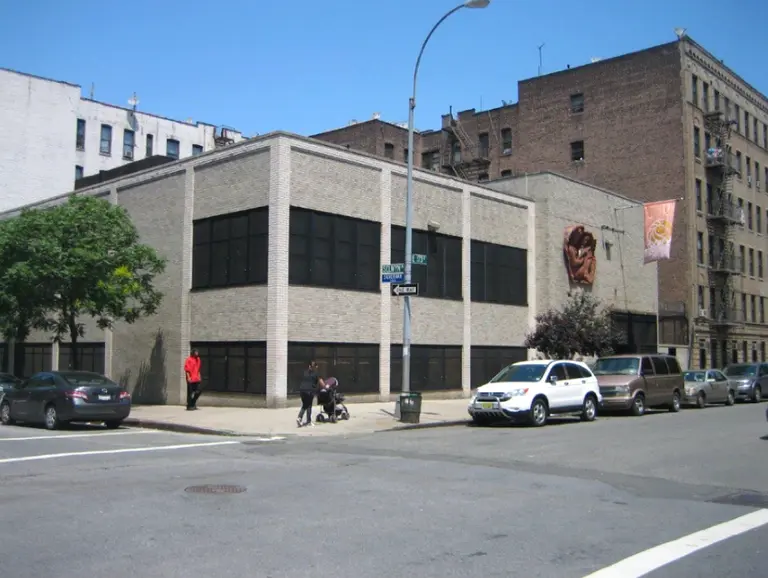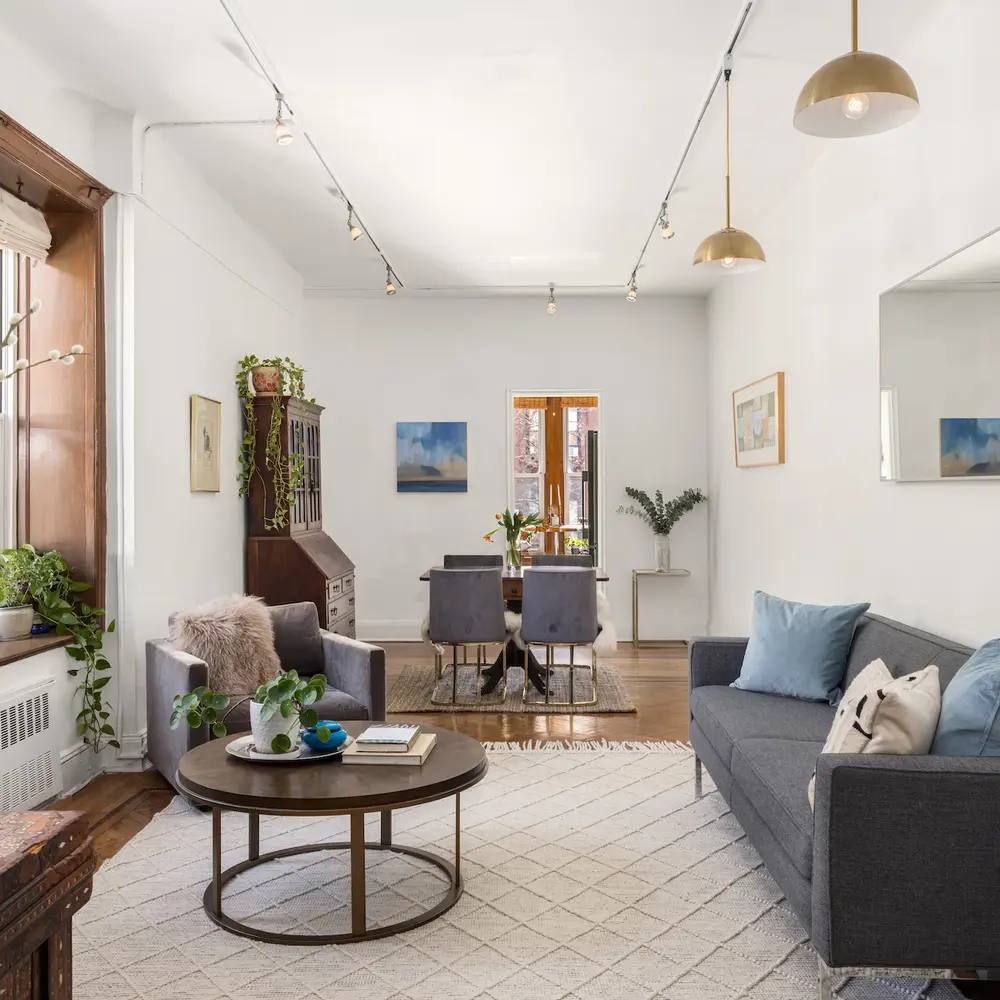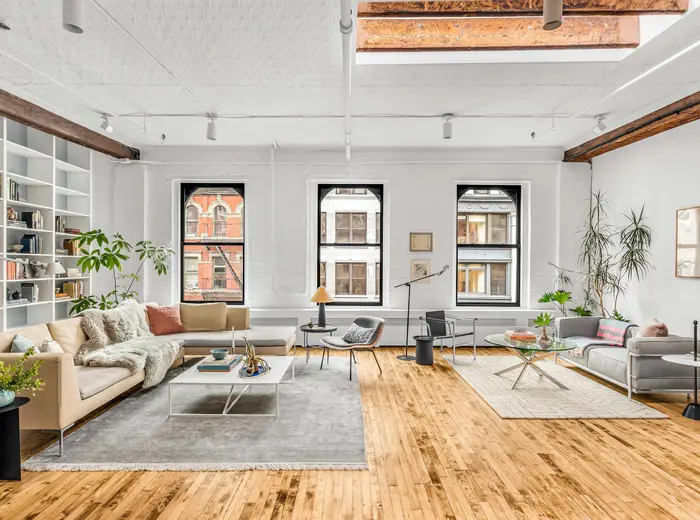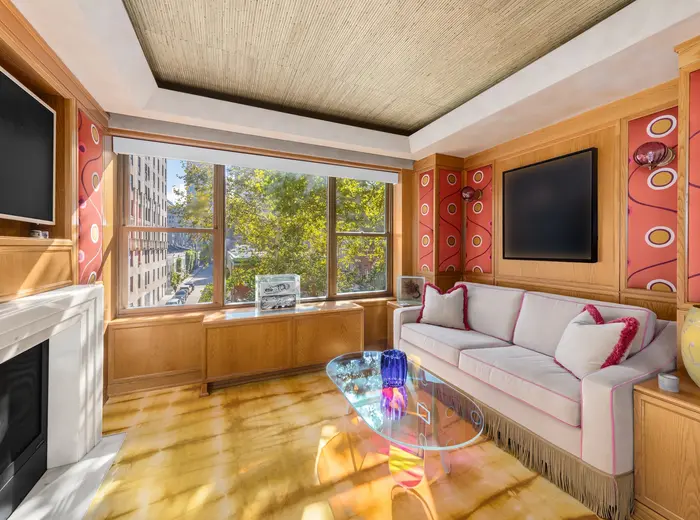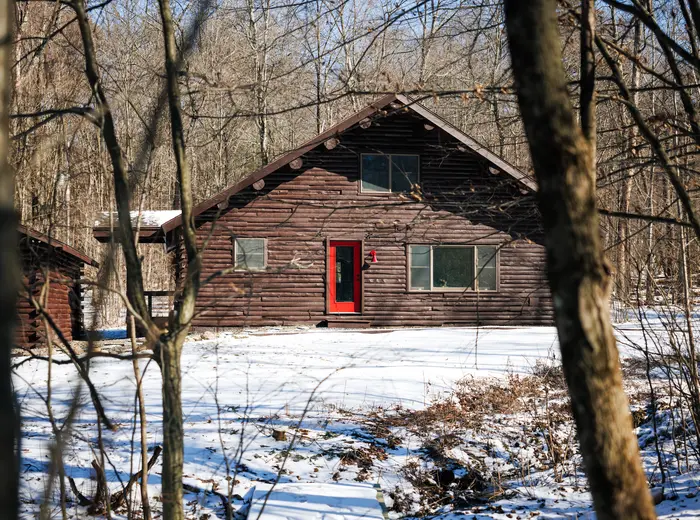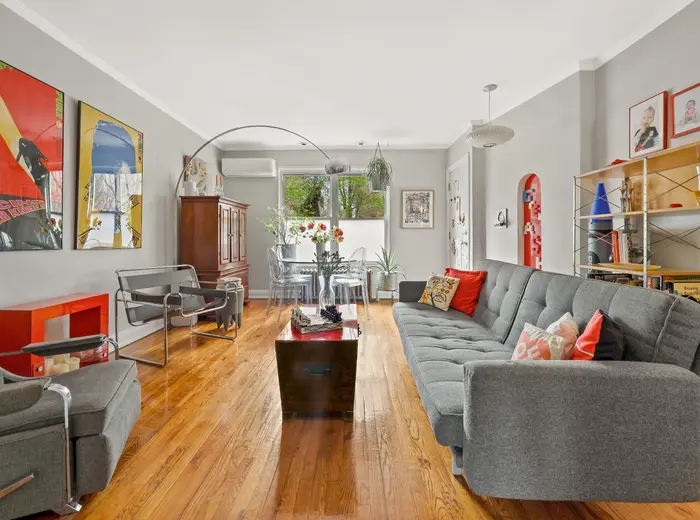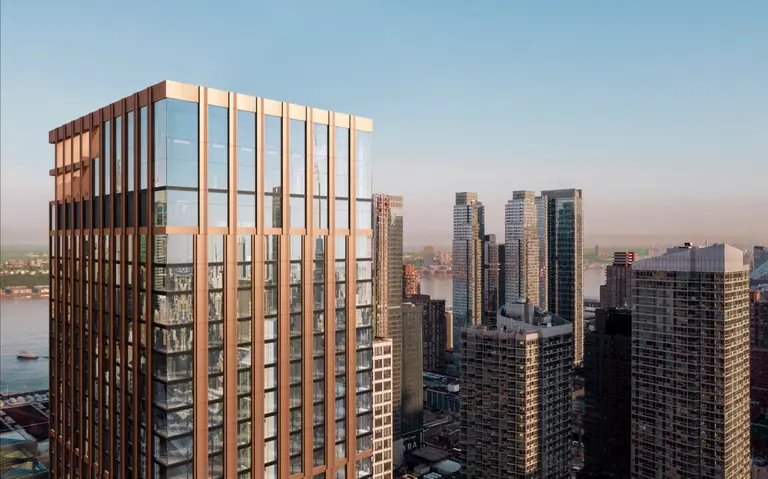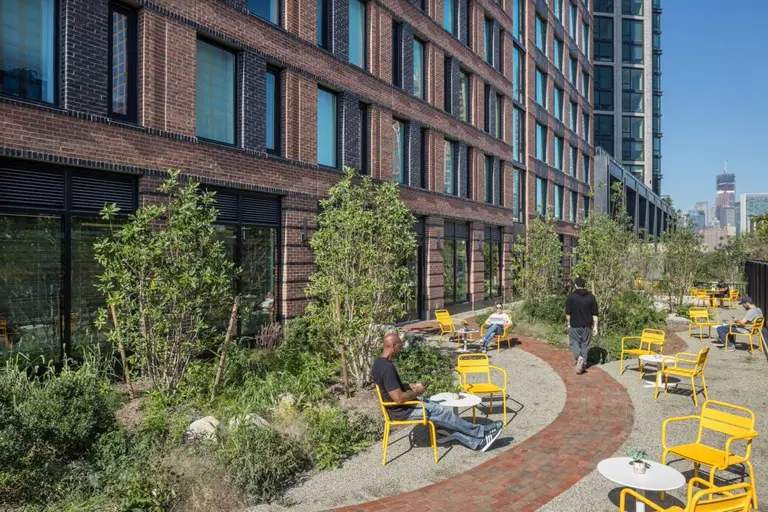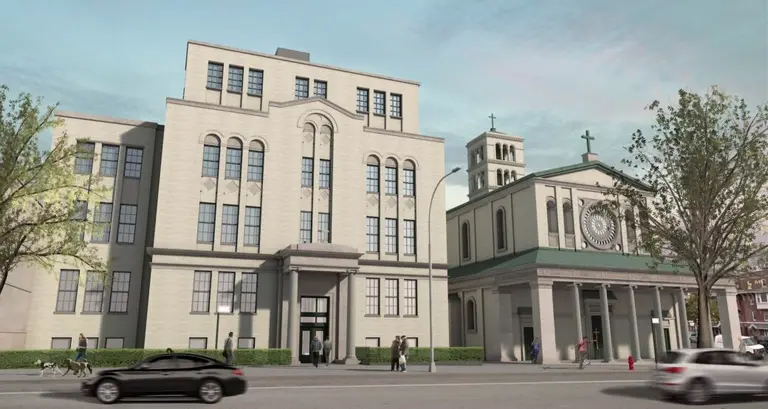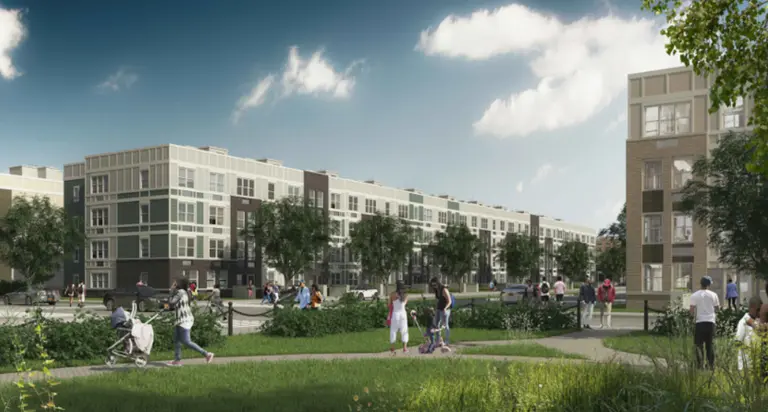Design team suggests a new mission-driven gentrification model geared toward artists and small businesses
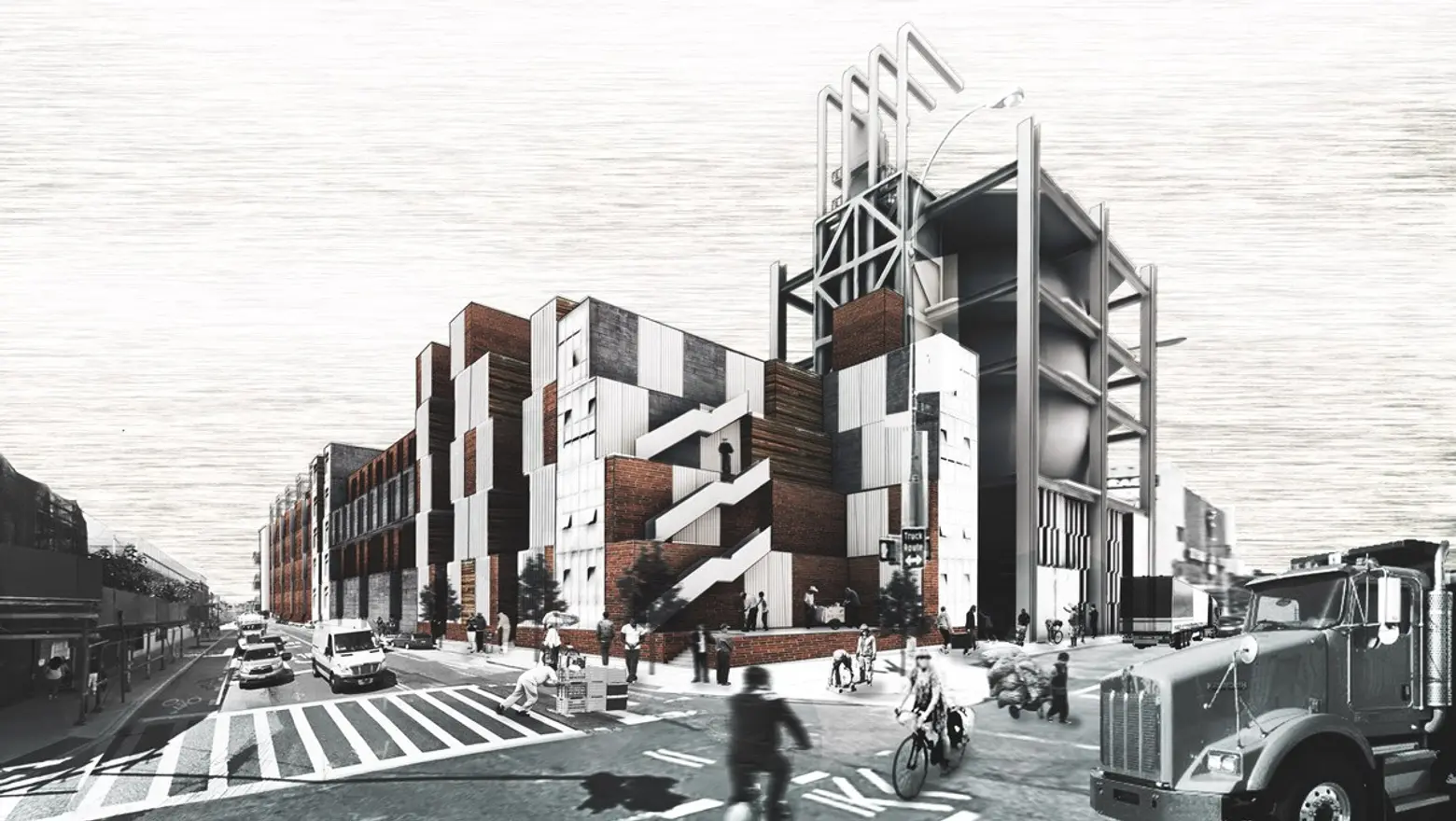
Image: mx.org
We’ve definitely seen a lifetime’s worth of the trajectory that runs from warehouse to art studio to luxury loft, starting with neighborhoods like Soho and picking up speed as developers got into the act, anticipating the next “it” enclave with manageable rents attracting the young and creative. A team of New York-based designers developed a proposal for reaping the benefits of economic growth in the city’s industrial areas without pricing out all but the wealthiest players. Soft City reports the details of this “mission-driven gentrification” concept, which suggests an all-new development model for the city’s manufacturing neighborhoods (known as M1 districts), helmed by mission-based organizations and a building typology that caters to small businesses and artists.
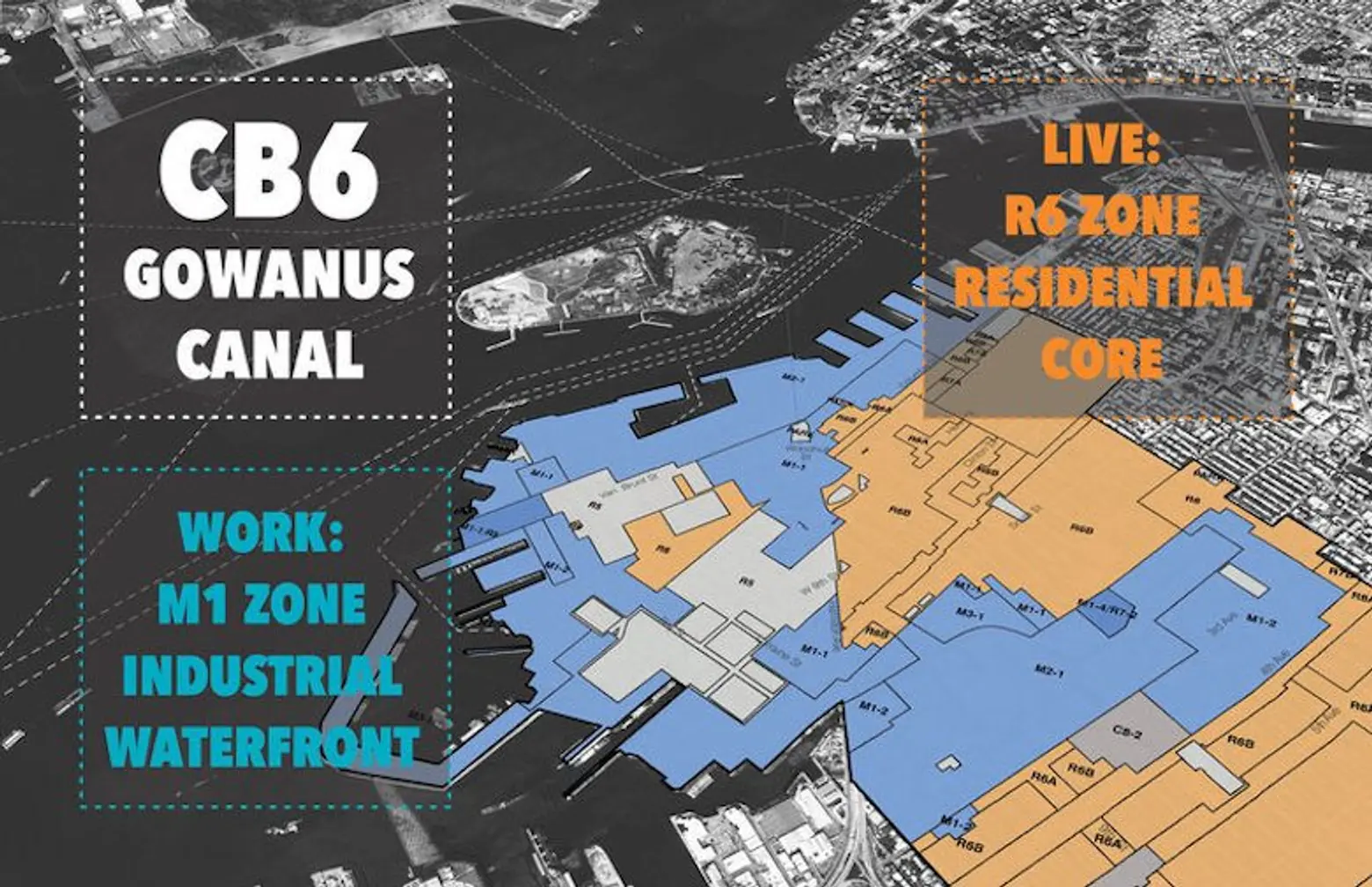
The proposal comes from the nonprofit Institute for Public Architecture, founded in 2012 for designers interested in exploring socially engaged work. Last year the Institute hosted a fellowship asking program participants to look at mayor Bill de Blasio’s promise to invest $30 million in the creation of 1,500 affordable live/work spaces for artists and entrepreneurs from a design angle. Focusing on the way economic growth generally leads to displacement in the city’s changing industrial zones, a team working under the name mx.org and consisting of Amritha Mahesh, Thad Pawlowski and Despo Thoma looked at ways in which those areas might be able to absorb newcomers and new businesses without prices soaring to prohibitive heights.
After first looking at how the needs of the uniquely creative, mobile–and possibly local labor-intensive–film industry fit into the formerly industrial Gowanus neighborhood, the team decided that the roots of the current quandary lay in the way existing physical and regulatory structures shape people’s actions in a given environment. What would it take to get economic/industrial development to shift from singularly money-driven to mission-driven?
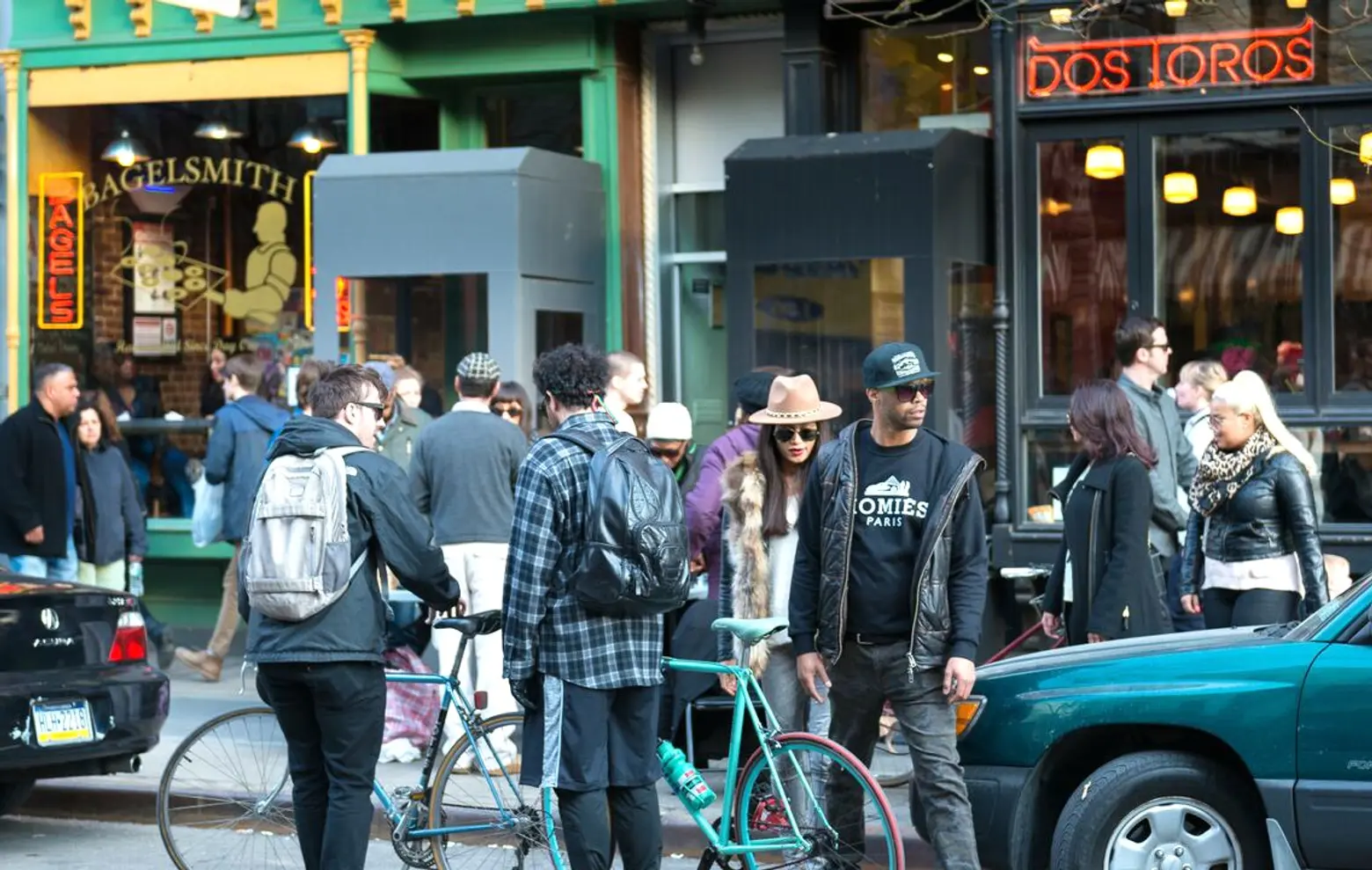
Thinking beyond Williamsburg…and we don’t mean Bushwick.
From this undeniably pivotal question, the focus narrowed in on the need for putting increases in property value in gentrifying neighborhoods to work for a broad range of people who live and work there rather than being concentrated within a small number of large landowners–giving the rising financial tide a fighting chance to actually lift some boats.
The group outlined a plan to achieve this via a new development model and building typology: Mission-based nonprofits would be the only entities permitted to develop and maintain buildings in a designated area; lots would have maximum size limits; and buildings would have minimum unit counts to prevent monopolies and encourage participation from a variety of small businesses. An exception to size limitations would be made for a small number of anchor employers.
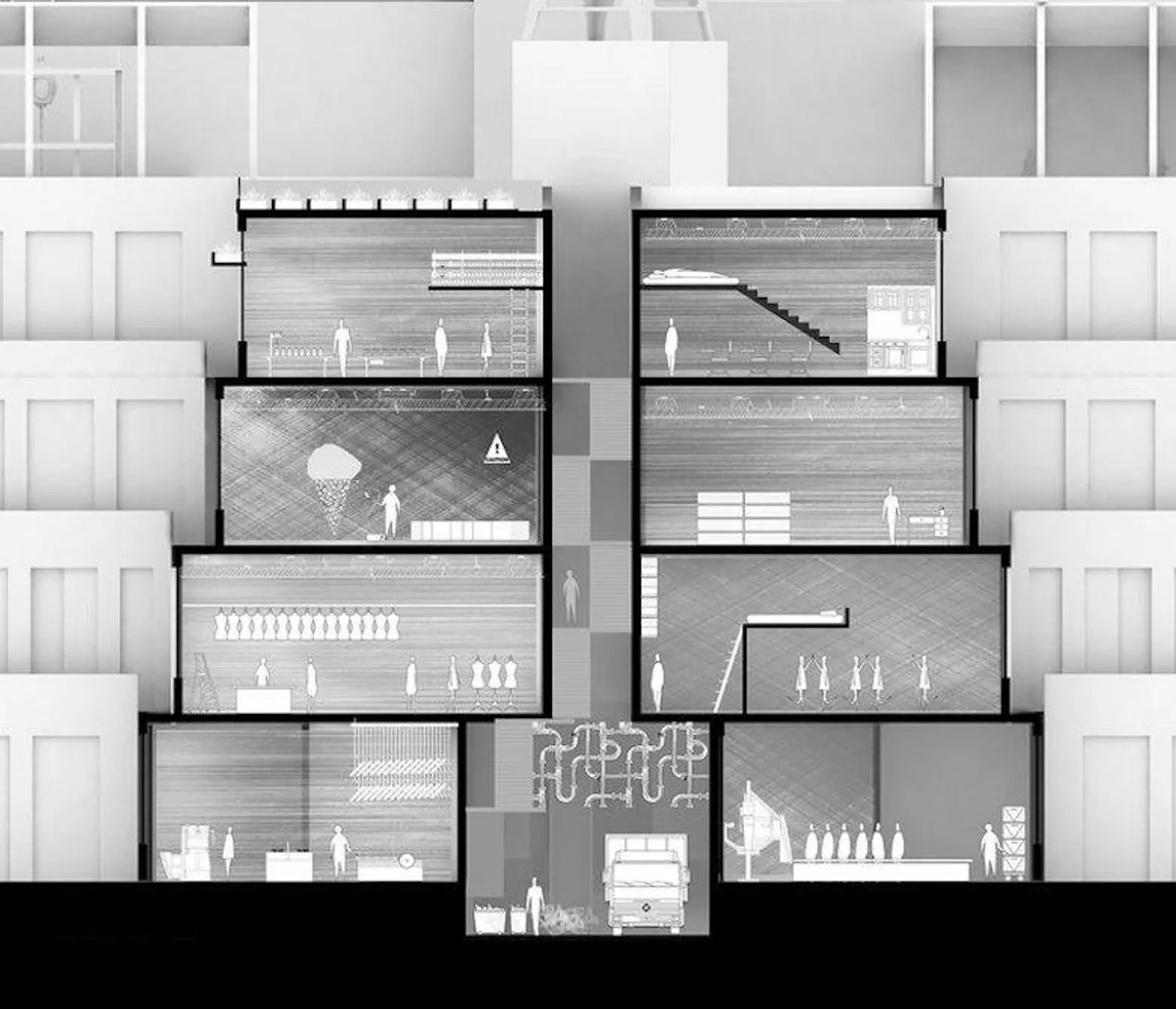
Building typology would be geared toward flexible live/work setups, putting commercial entities on the ground floor and residential and studio spaces above. Public gathering spaces and private back-of-house zones would easily serve purposes from socializing to shipping goods.
The proposal shares attributes with the city’s co-op system in which residents own shares of the entire building rather than just their individual apartments. Participant Thoma said that her years in Athens, Greece influenced her thinking as well: In the Greek capital city, she said, “the lots were subdivided into very small lots and each lot had multiple owners. That way people could continue to be invested in their lot and have a more community-driven approach to their immediate neighborhood.”
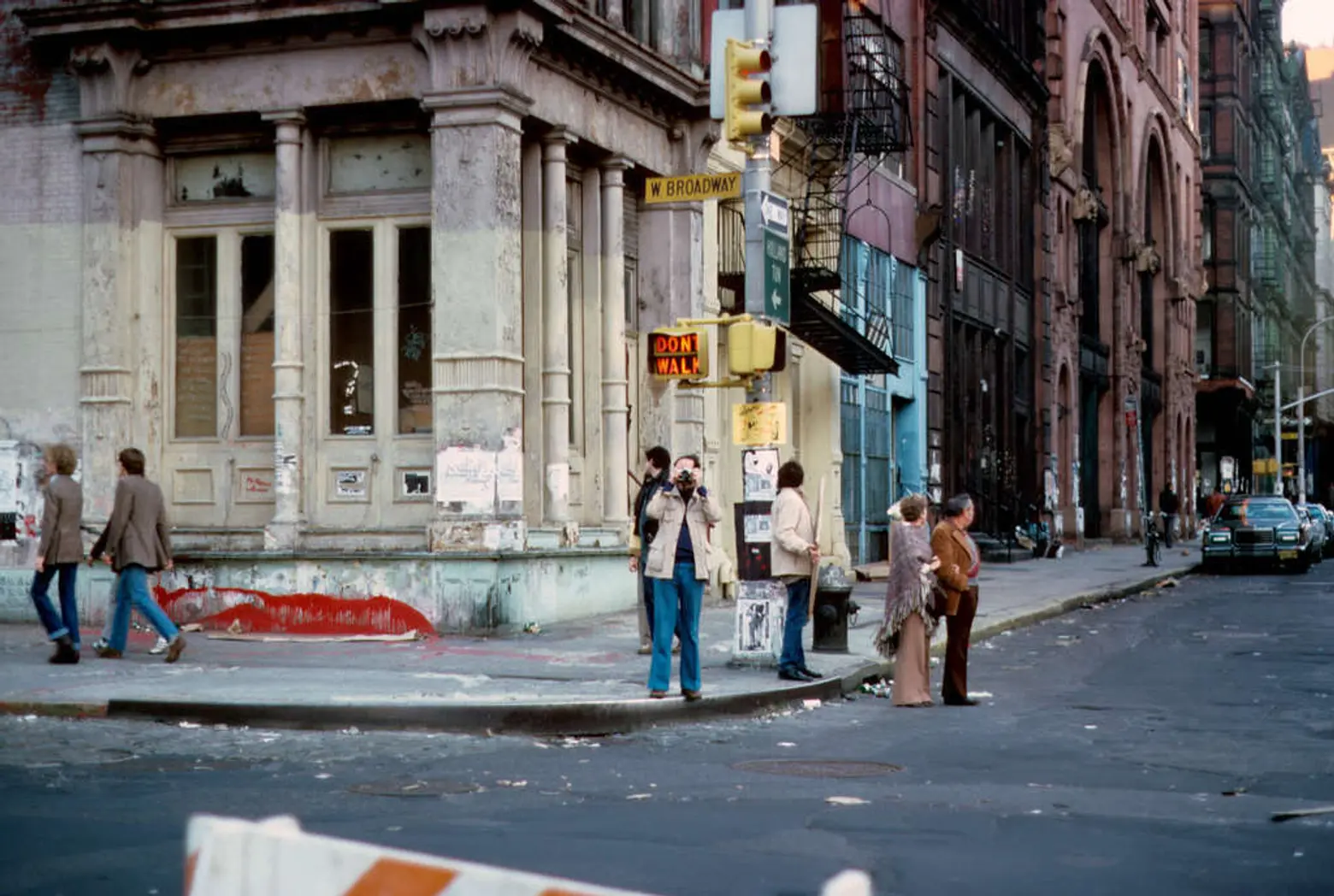
Lower Manhattan’s West Broadway in the 1970s
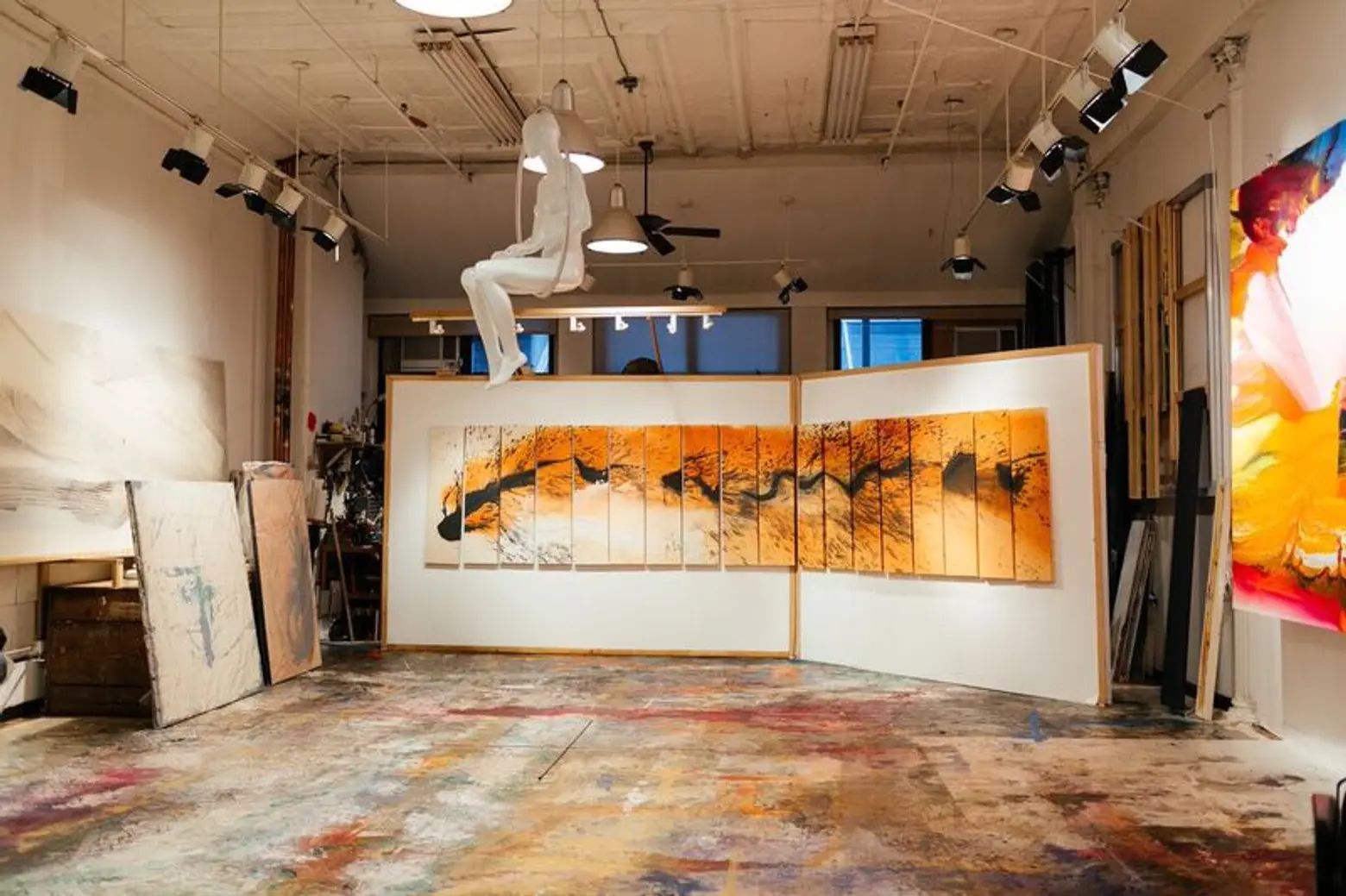
Artist Nancy Pantirer’s Tribeca studio loft; photo by Erin Kestenbaum for 6sqft
Although the project ended up outgrowing its early focus on cultural industries like film, Thoma believes that it has a great deal to offer New York’s arts community in other surprising ways, such as the possibility of new types of neighborhoods leading to completely new kinds of art. “Take the example of the Soho loft. The flexibility of space that they offered, also the flexibility in economic development, led to the rise of new types of creativity and culture. The flexibility of the program and the model we’re proposing could foster different kinds of creativity that we do not know yet.”
The next step would likely be beyond the realm of design: How could such a worthy strategy–yet one that requires regulation and legislation–appeal to developers and “free market” zealots who would be quick to trumpet the evils of Socialism–and elected officials, public servants though they may be, unwilling to explore the accompanying depths of misguided unpopularity.
[Via Soft City]
RELATED:
- MAP: See how demographics have shifted in every NYC neighborhood over 10 years
- C-Squat: The history of one of NYC’s longest standing squat houses
- The Urban Lens: Documenting Gentrification’s Toll on the Mom-and-Pops of Greenwich Village
- Going Green and Curbing Gentrification: How the Bronx Is Doing It Differently
